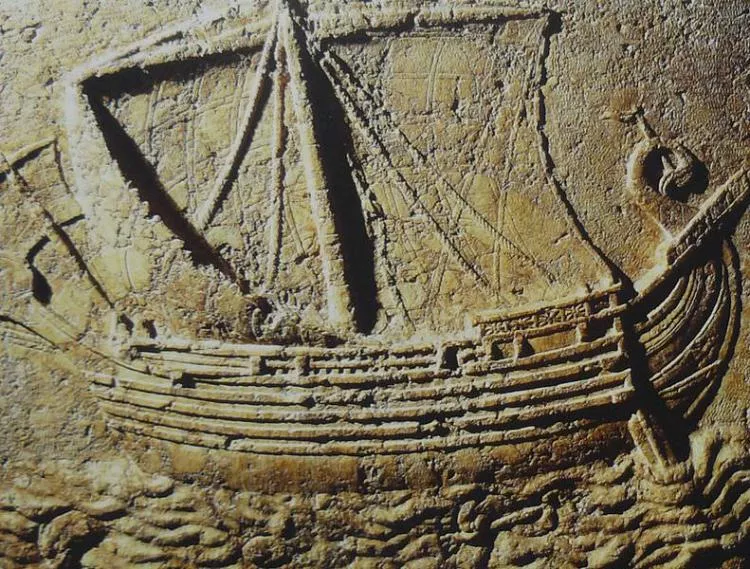Spanish archaeologists to rescue 2,500-year-old Phoenician shipwreck
A 2,500-year-old Phoenician shipwreck off the coast of Mazarrón is slated for an unprecedented rescue operation by Spanish archaeologists.
The submerged relic, a testament to the advanced seafaring capabilities of the ancient Phoenicians, lies off the coast of Mazarrón in the Mediterranean Sea.
Unveiling Phoenician maritime prowess
Discovered more than three decades ago, this Phoenician ship is one of the best-preserved examples of ancient seafaring vessels. The remarkable condition of the shipwreck promises invaluable insights into Phoenician shipbuilding, navigation and trade practices that were a cornerstone of their civilization.
The rescue plan
The recovery operation involves a delicate process of transferring the vessel from its underwater resting place to a custom-built facility for preservation and study. This audacious plan could pave the way for similar efforts worldwide, providing a roadmap for safeguarding our shared maritime heritage.
A portal to the past
As anticipation builds around the planned rescue, it is clear that this project offers more than just the retrieval of an ancient artefact. It represents a bridge to our past, illuminating the ingenuity and resilience of the Phoenicians, a culture that thrived over two millennia ago.
Who were the Phoenicians?
The Phoenicians were an ancient maritime trading culture that originated in the eastern Mediterranean around 1200 BC. Renowned as master shipbuilders and sailors, they established trade routes and colonies across the Mediterranean, including in modern-day Lebanon, Syria and northern Israel.
The Phoenicians' most notable contributions include the development of the alphabet that forms the basis of modern Western scripts and the production of a purple dye that was a symbol of royalty.























